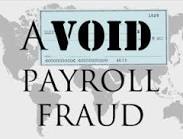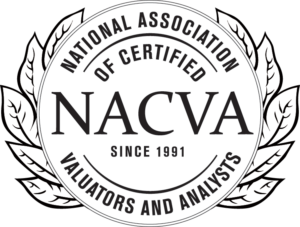Payroll Fraud
Payroll fraud occurs nearly twice as often in small organizations with less than 100 employees than in large companies. The average instance of payroll fraud lasts about 30 months. This occurs because many business owners do not take time to review the payroll ledgers. All to often the person entering in the new hires also enters in the payroll and they tend to be a “trusted employee.” This creates a vulnerability within the organization that employees tend to exploit over time. Preventing payroll fraud can be as simple as executive management reviewing the payroll ledgers and rotating employees periodically.
Common Payroll Fraud Schemes
- Ghost employees – this is a person not employed by the company who is on the payroll
- Falsified time – this occurs when a company pays an employee based on falsified hours or rates
- Commission fraud – hwen the amount of sales made or the rate of commission is fraudulently inflated
Detecting Payroll Fraud
Payroll fraud can be detected by reviewing the payroll ledger and looking for the following:
- Blank social security numbers for employees on the payroll
- More than one employee using the same bank account number for direct deposit, social security number or address
- Employees with no deductions for payroll taxes or benefits
- An employee who shares an address, telephone number or bank account number with an accounts payable vendor
- An employee who is on the payroll but not on the company’s employee list
- Duplicate pay checks
- A terminated employee who is still on the payroll list
- Unusually high overtime pay
- An employee who has been paid for working more than 24 hours in one day
- Employees on the payroll register before their start date or after their termination date
Reviewing payroll records should be part of a monthly audit process. To learn more
call 636-346-9273 or visit us at www.arastl.com.






